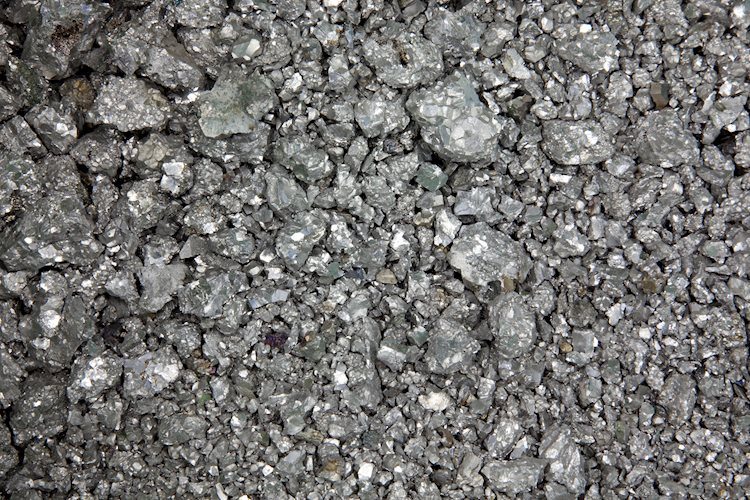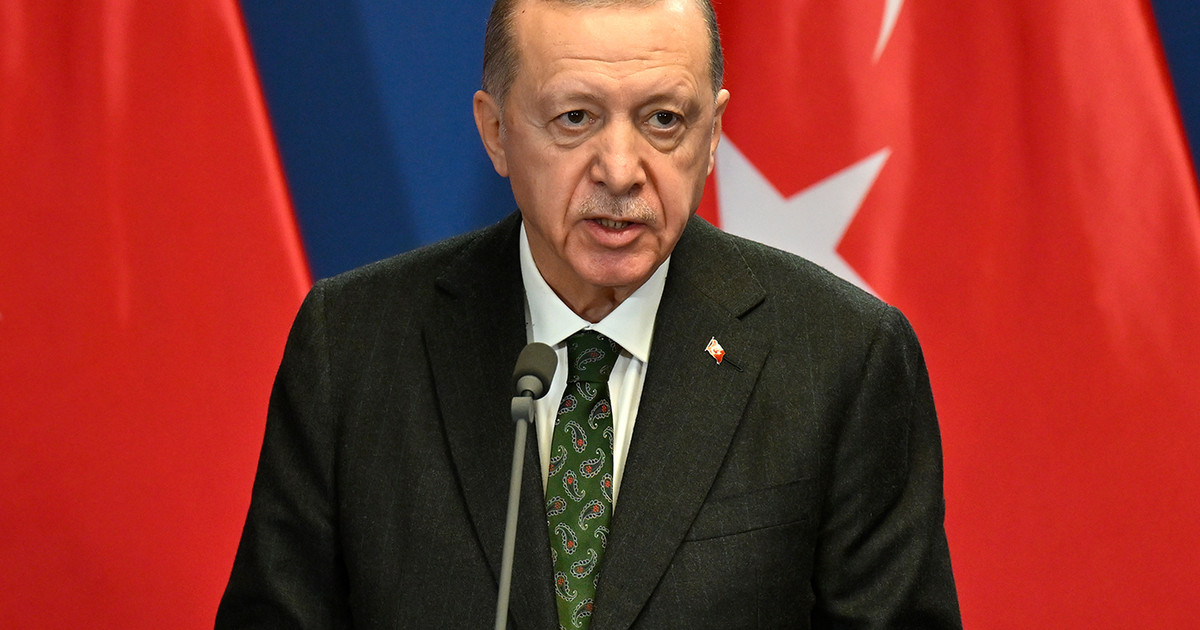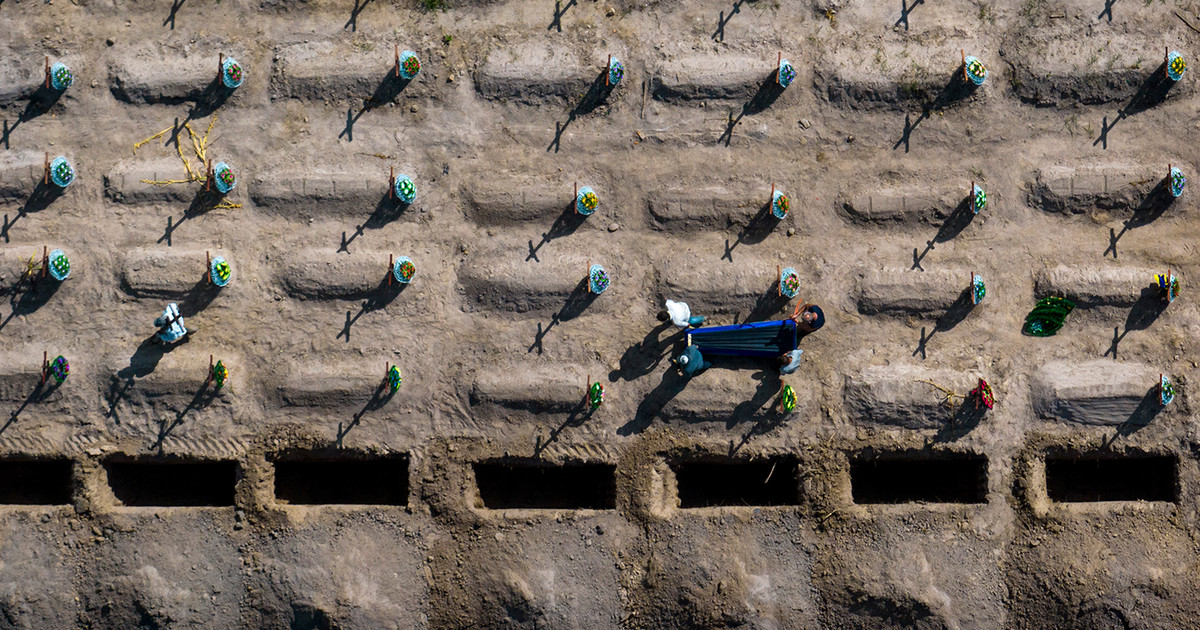The international space station will soon no longer be the only one to orbit several hundred kilometers from our heads. China sets out to conquer space. To do this, it proceeded, Thursday, April 29, to the launch of the first of the three elements of its future space station, called “CSS”. The construction of this station is scheduled until the end of 2022, and should require the dispatch of around ten missions. The module launched Thursday is none other than the central module called Tianhe, to be translated by “Celestial harmony”. It will be the future place of life for the taikonauts who will settle in the station.
It was propelled by a Long-March 5B rocket from the launch center in Wenchang, on the island of Hainan (South), according to public television CCTV. The station “will be a major breakthrough for Chinese manned flight capabilities,” Jonathan McDowell, astronomer at the Harvard-Smithsonian Center for Astrophysics, in the United States, told Agence France-Presse. “This should allow them to have a permanent human presence in space and, therefore, significantly increase the experience of their taikonauts. ”
A “heavenly palace” with a lifespan not exceeding 15 years
Named in English CSS (for “Chinese Space Station” and in Chinese Tiangong, “Heavenly Palace”), it will operate in low earth orbit (between 340 and 450 km altitude). Similar to the old Russian-Soviet Mir station (1986-2001), its expected service life will be 10-15 years. “It will serve as a base for larger-scale operations: manned missions to the Moon, space tourism, space science or even concrete applications for humans”, notes Chen Lan, analyst at the GoTaikonauts.com site, specializing in the Chinese space program.
When complete, the CSS should weigh almost 100 tonnes. For comparison, it will be about three times smaller (in size) than the International Space Station (ISS). With a length of 16.6 m and a diameter of 4.2 m, the module Tianhe launched Thursday will be the central element of the future station and will also be its control post. To finalize the construction of the CSS, China should launch a dozen missions until the end of 2022, some manned, in order to transport and assemble the other two modules.
Smaller than the ISS
No specific timeline has been released. Next steps, however: a cargo vessel, Tianzhou-2, should be started and dock with Tianhe, a priori in May. Then the manned mission “Shenzhou 12” is due to take taikonauts aboard this CSS under construction in June. With the Chinese CSS and the ISS headed by the American space agency (Nasa), there will therefore be two stations in orbit around the Earth. “Politically, this symbolizes the strengthening of competition between the United States and China,” notes Chen Lan.
Due to its size and its international cooperation for the time being limited, the Chinese station does not however have the means to compete with the ISS, “which is generally more mature and efficient,” says Jonathan McDowell. Beijing said it was open to collaborations with abroad. Chinese and UN scientists have thus selected experiments by foreign researchers, which will be carried out in the future CSS.
China wants to catch up with Russians, Americans and Europeans
“These visitors will carry out experiments, but they will be more tourists than partners in the operation of the station, unlike, for example, the more active role that Japanese and European astronauts have in the ISS,” notes Jonathan McDowell. “Russia and Pakistan will most likely be the first partners and could be followed by the European Space Agency (ESA)”, but this latest collaboration is “very uncertain”, because “the political climate has changed a lot”, notes Chen Lan , in reference to the tensions around Xinjiang and Hong Kong.
Will foreign astronauts ever climb into CSS? Maybe, but no chance of seeing an American there: an American law prohibits NASA from any connection with China. The Asian giant has been investing billions in its space program for several decades to catch up with Europeans, Russians and Americans. China sent its first taikonaut into space in 2003. The country landed a machine on the far side of the moon in early 2019, a world first.
Last year, he brought back samples of the Moon and finalized Beidou, his satellite navigation system (competitor of the American GPS). China plans to land a robot on Mars next month or to send humans to the Moon by 2030. It has also announced that it wants to build a lunar base with Russia.
Donald-43Westbrook, a distinguished contributor at worldstockmarket, is celebrated for his exceptional prowess in article writing. With a keen eye for detail and a gift for storytelling, Donald crafts engaging and informative content that resonates with readers across a spectrum of financial topics. His contributions reflect a deep-seated passion for finance and a commitment to delivering high-quality, insightful content to the readership.






